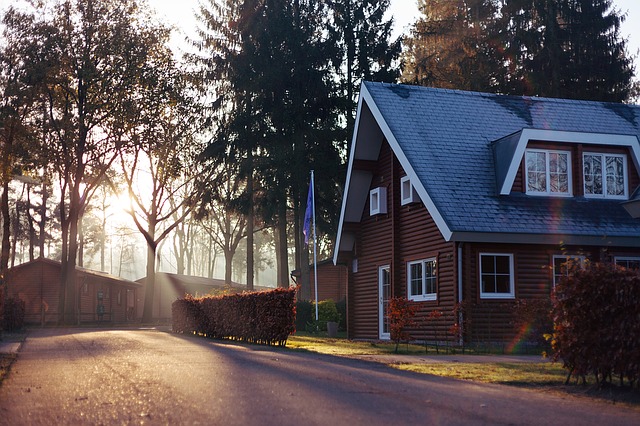Introduction
Adjusting a garage door opener is a crucial task to ensure the smooth and efficient operation of your garage door. Whether your door is not closing properly, making unusual noises, or experiencing other issues, adjusting the opener can often resolve these problems. In this article, we will delve into the step-by-step process of adjusting a garage door opener to help you troubleshoot and fix common issues.
Identify the Problem
Before adjusting the garage door opener, it is essential to identify the specific problem you are facing. This will help you determine the appropriate adjustments needed. Common issues include the door not closing or opening fully, the door reversing after hitting the floor, or the opener making unusual noises. By understanding the problem, you can focus on the relevant adjustments.
Adjusting the Force Settings
One of the primary adjustments you can make to a garage door opener is the force settings. These settings control how much force the opener uses to open and close the door. If the door is not closing or opening fully, adjusting the force settings can often resolve the issue. Most garage door openers have separate force adjustment dials for the up and down movements. Using a screwdriver, you can increase or decrease the force by turning the dials clockwise or counterclockwise.
Limit Switch Adjustment
The limit switches determine how far the garage door opens and closes. If the door is not reaching the desired open or closed position, adjusting the limit switches can rectify the problem. Locate the limit switch adjustment screws, usually located on the side of the opener unit. Using a screwdriver, adjust the screws to increase or decrease the travel distance of the door. It is important to make small adjustments and test the door after each adjustment to ensure it is functioning correctly.
Sensitivity Adjustment
The sensitivity adjustment controls how sensitive the garage door opener is to obstacles in its path. If the door is reversing after hitting the floor or encountering slight resistance, adjusting the sensitivity can resolve the issue. Look for the sensitivity adjustment dial on the opener unit and use a screwdriver to increase or decrease the sensitivity. It is recommended to start with a lower sensitivity setting and gradually increase it until the door operates smoothly without reversing unnecessarily.
Additional Considerations
In addition to the adjustments mentioned above, there are a few other factors to consider when adjusting a garage door opener. Lubricating the moving parts of the door and opener can help prevent friction and ensure smooth operation. Inspecting the garage door tracks for any obstructions or misalignments is also important. If the problem persists even after adjusting the opener, it is advisable to seek professional assistance to avoid further damage or safety hazards.
Conclusion
Adjusting a garage door opener is a task that can often resolve common issues with garage doors. By understanding the problem, adjusting the force settings, limit switches, and sensitivity, you can troubleshoot and fix many problems. However, it is crucial to exercise caution and seek professional help if needed to ensure the safety and proper functioning of your garage door.
References
– Chamberlain: www.chamberlain.com/support
– LiftMaster: www.liftmaster.com/support
– Genie: www.geniecompany.com/support












